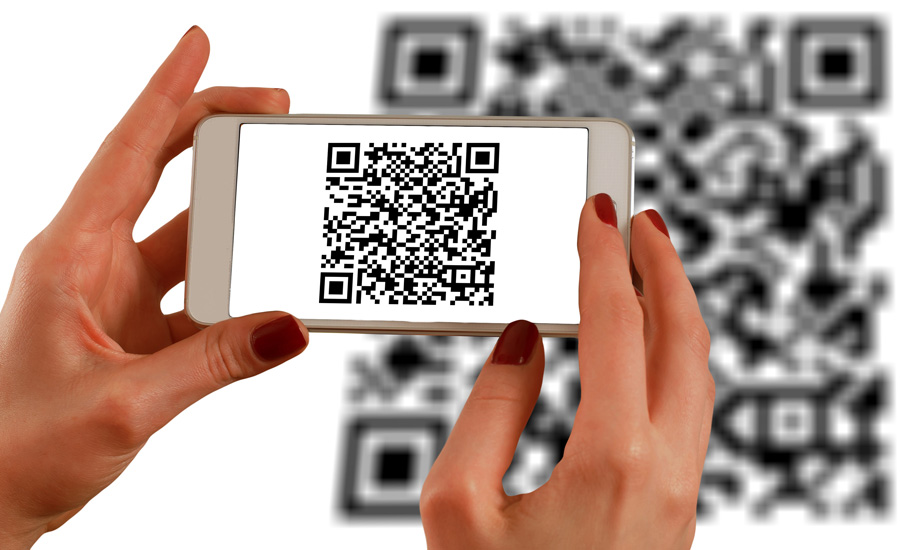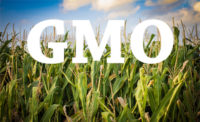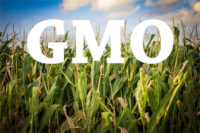QR codes not a smart move for GMO labeling

Pop quiz. If I asked you to pull out your phone and scan a QR code, could you do it? I’ll back up. Do you need time to download an app? Or perhaps I just need to explain a bit more about what a QR code is. Snark aside, outside of Snapchat, QR codes just aren’t cool.
And yet, some in the food industry would argue this technology is the answer to one of the more problematic aspects of the clean label movement: disclosure of genetically modified organisms (GMO).
In July, President Obama signed into law a bill that for the first time will establish a national standard when it comes to labeling food products containing GMOs. The legislation compels manufacturers to disclose if a product contains genetically modified ingredients through the use of a text label, symbol or electronic code readable by a smartphone such as a QR code.
Undeniably, this was a step in the right direction as the bill supersedes Vermont’s own GMO labeling law and preempts other states from passing similar legislation, avoiding a confusing patchwork of varying state laws.
Discussions on GMO disclosure has drawn criticism from the food industry as FDA has declared GMOs safe to eat, and a large percentage of food products already contain GMOs, many of which are corn- or soy-based. Still, some consumer groups and labeling advocates argue there is not enough information available about the long-term effects of GMOs and say people have a right to know what’s in their food. Because of this, a number of major food companies such as General Mills, Kellogg and Campbell Soup, ConAgra and Mars already made the decision to disclose GMO ingredients on the label.
Under the new law USDA will have two years to write the rules. There are likely a number of ways companies will be able to maintain compliance, but a QR code shouldn’t be one of them. Despite differing opinions regarding the safety of GMOs, consumers have voiced they want access to this information. QR codes don’t necessarily hide the information, but it’s a piece of technology that feels clunky and would create a system that is onerous to the user.
A quick internet search will show your there is no shortage of opinions debating the relevancy, effectiveness and usage of QR codes—most boil down to one point: yes, they exist, but are alive mainly in the eyes of marketers.
As an article in Tech Crunch points out, the codes were originated in the mid-90s as a way for the automotive industry to track cars on assembly lines. The technology caught on in Japan as sales of camera phones capable of reading the codes took off, creating a quick way to link to URL’s or outside content before full keyboards were standard. But the West was slow to catch on, and as smartphones became the norm, convenience wasn’t as crucial. The codes were widely ignored and memorialized as a joke on the “Pictures of people scanning QR-codes” tumblr.
According to the most mobile scanning report by ScanLife, an affiliate of QR software provider Scanbuy, there were 23 million scans in the third quarter of 2015. This is, as they point out, a record amount of scans for them, but the details get grittier when you dig a little deeper. From 2013-2014, there was a 20 percent growth in scans per quarter. Now in the first quarter of 2014, there were 21.8 million scans. This means that in a little over a year, the rate of usage of scanning software like QR codes toppled 15 percent to a growth rate of 5.5 percent.
A Nielson Company survey released last year found that 67 percent of North Americans were willing to use QR Codes, though only 12 percent were already using the technology.
While being open to using new software is comforting, it’s far from proof these consumers will commit to applying it to their everyday shopping habits.
Moreover, the Pew Research Center reports 64 percent of Americans own smartphones. This means 36 percent of consumers are out of luck if they wish to scan a code while shopping. Grocery stores may be able to help, though there is nothing to suggest they are willing to handout smartphones to every customer who walks in.
Should consumers choose to scan a code at the store, they must first rely on mobile software to recognize the code and then have enough wireless signal to load the page. While a code would allow consumer access to more information, the complications make it a hard sell.
Let’s stick with a universal symbol and leave the QR Codes to Snapchat.
Looking for a reprint of this article?
From high-res PDFs to custom plaques, order your copy today!






